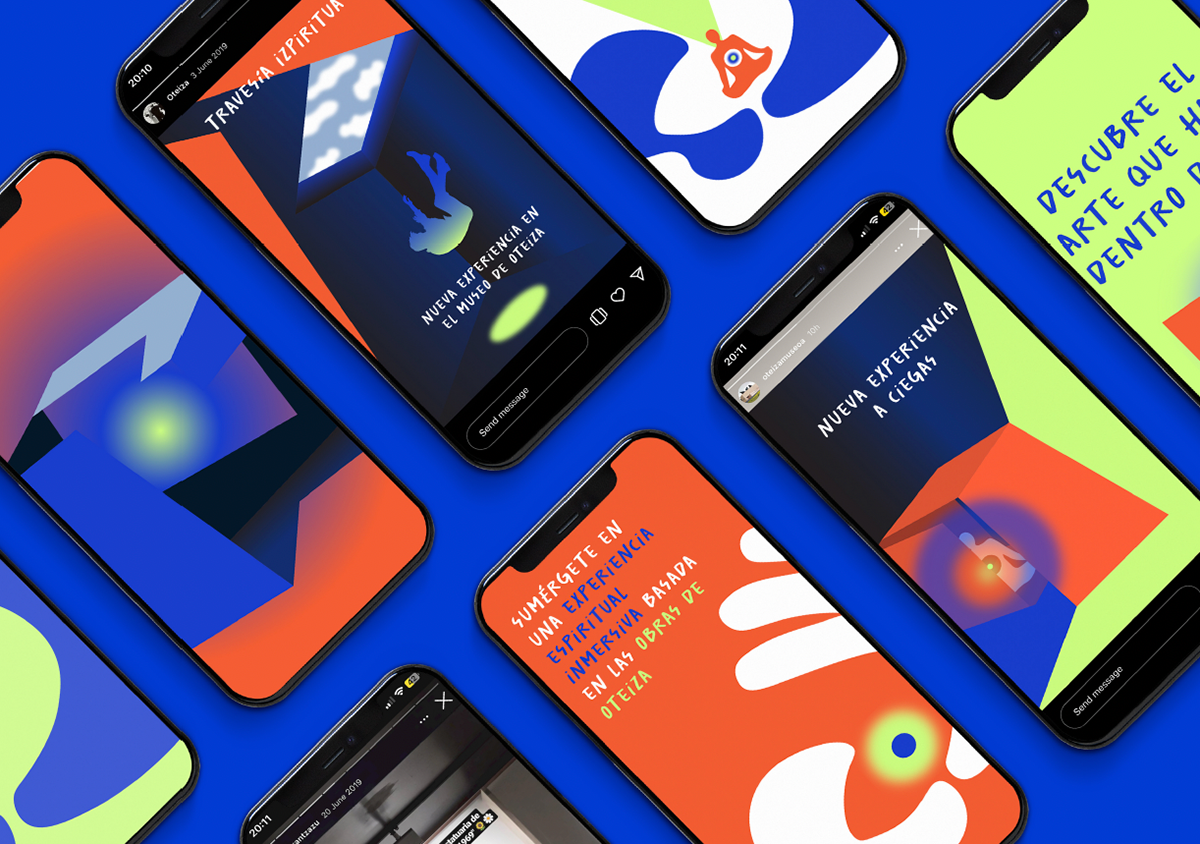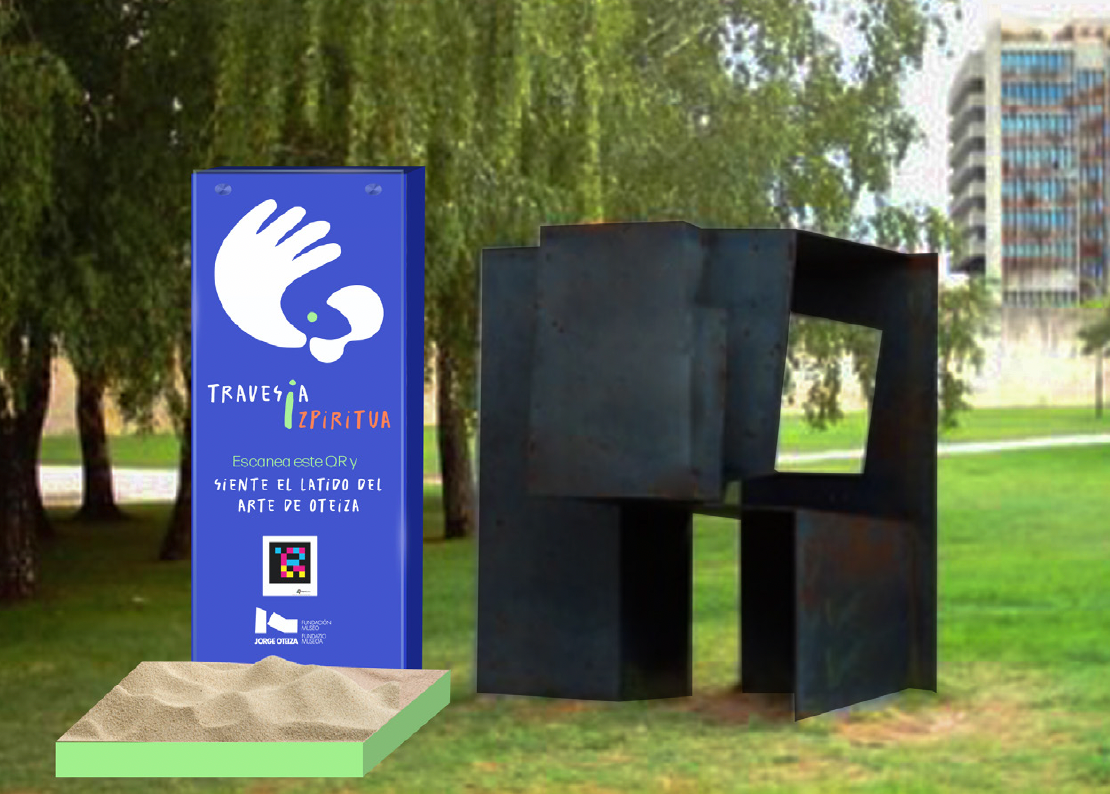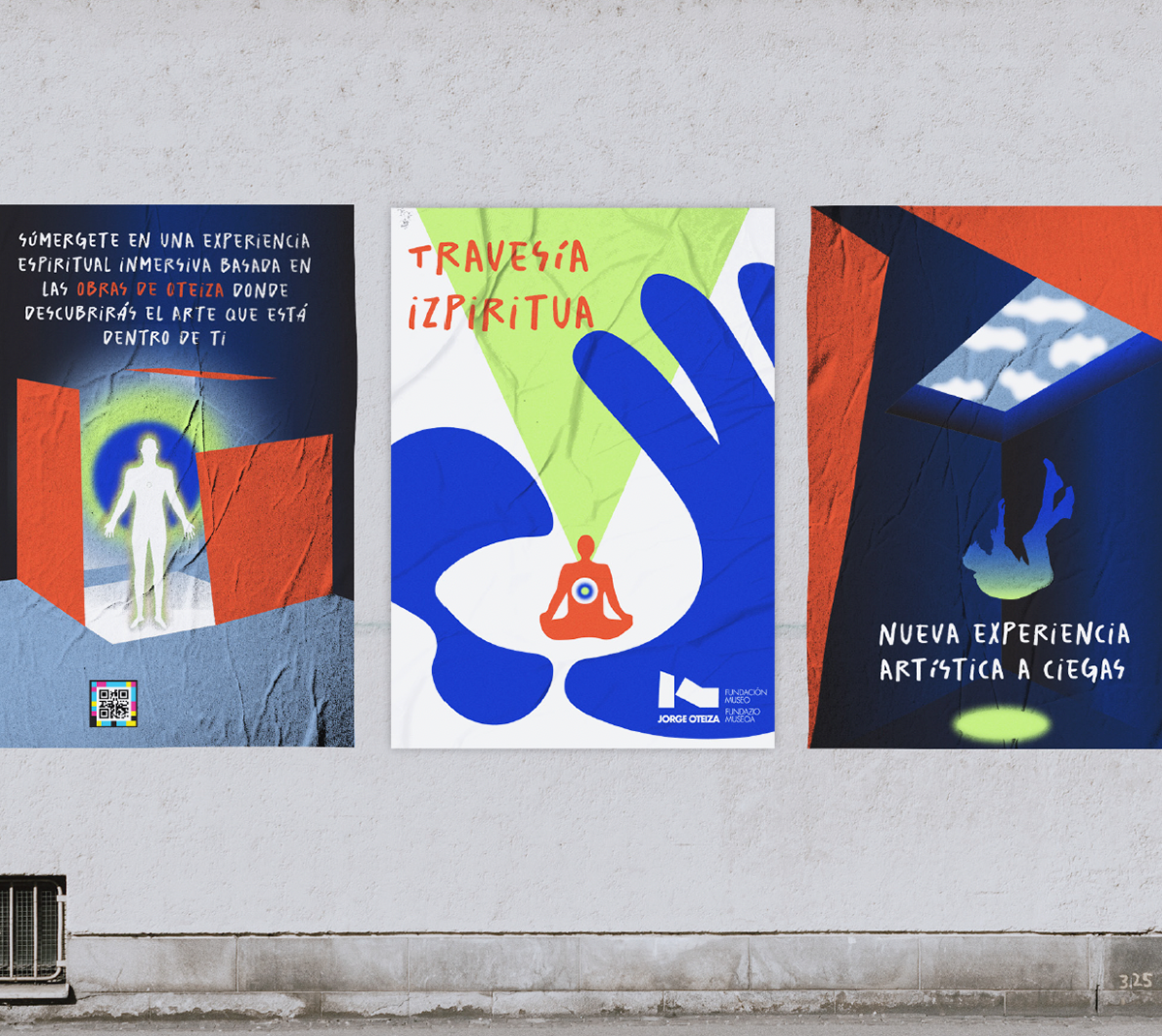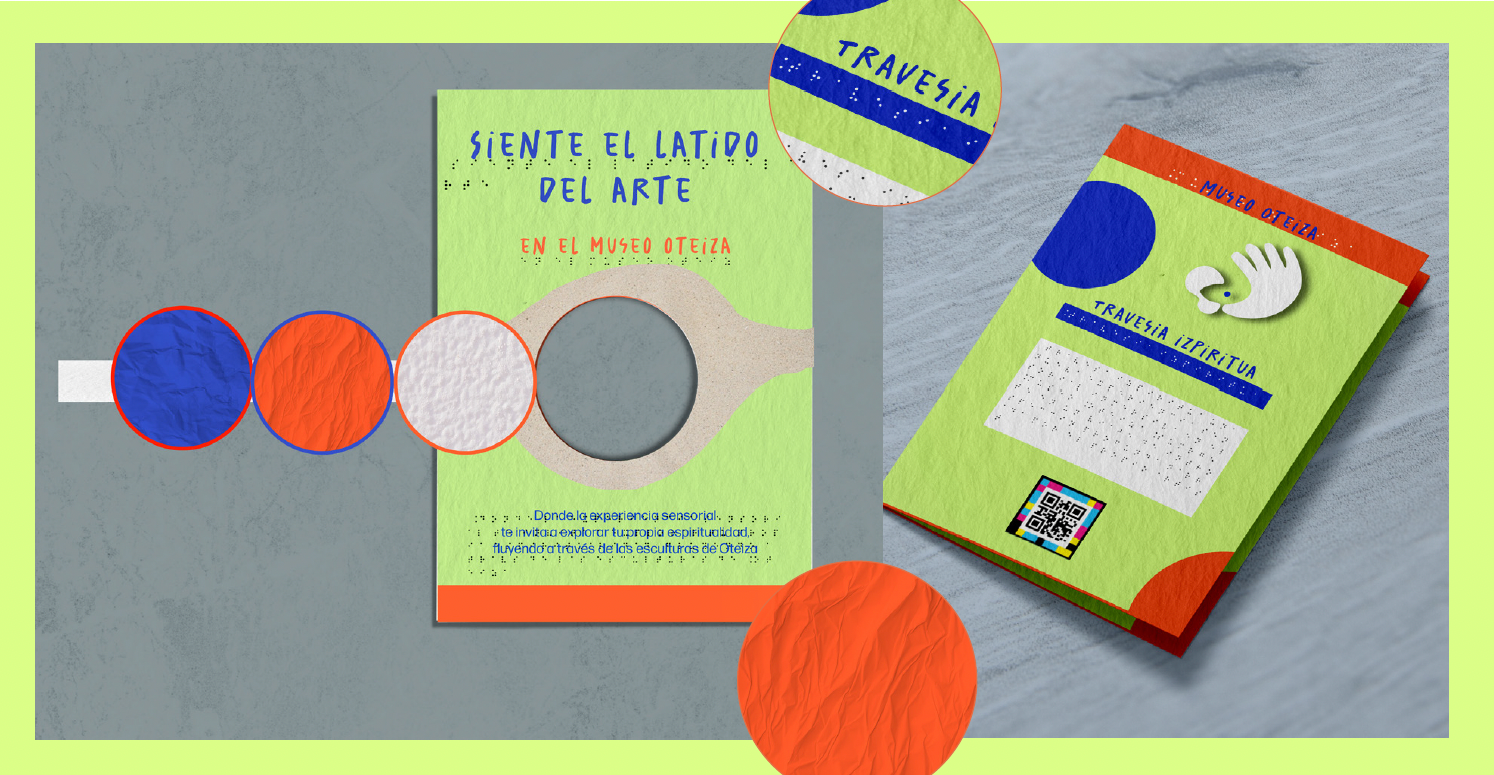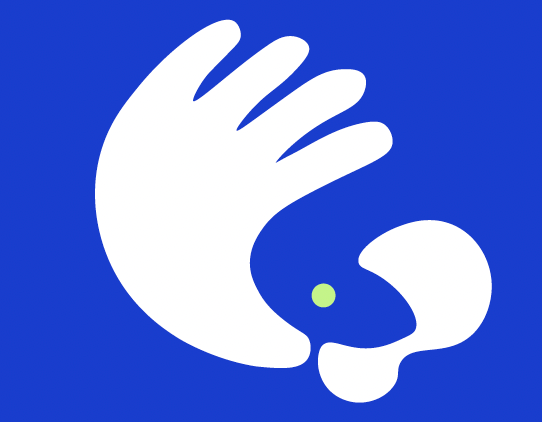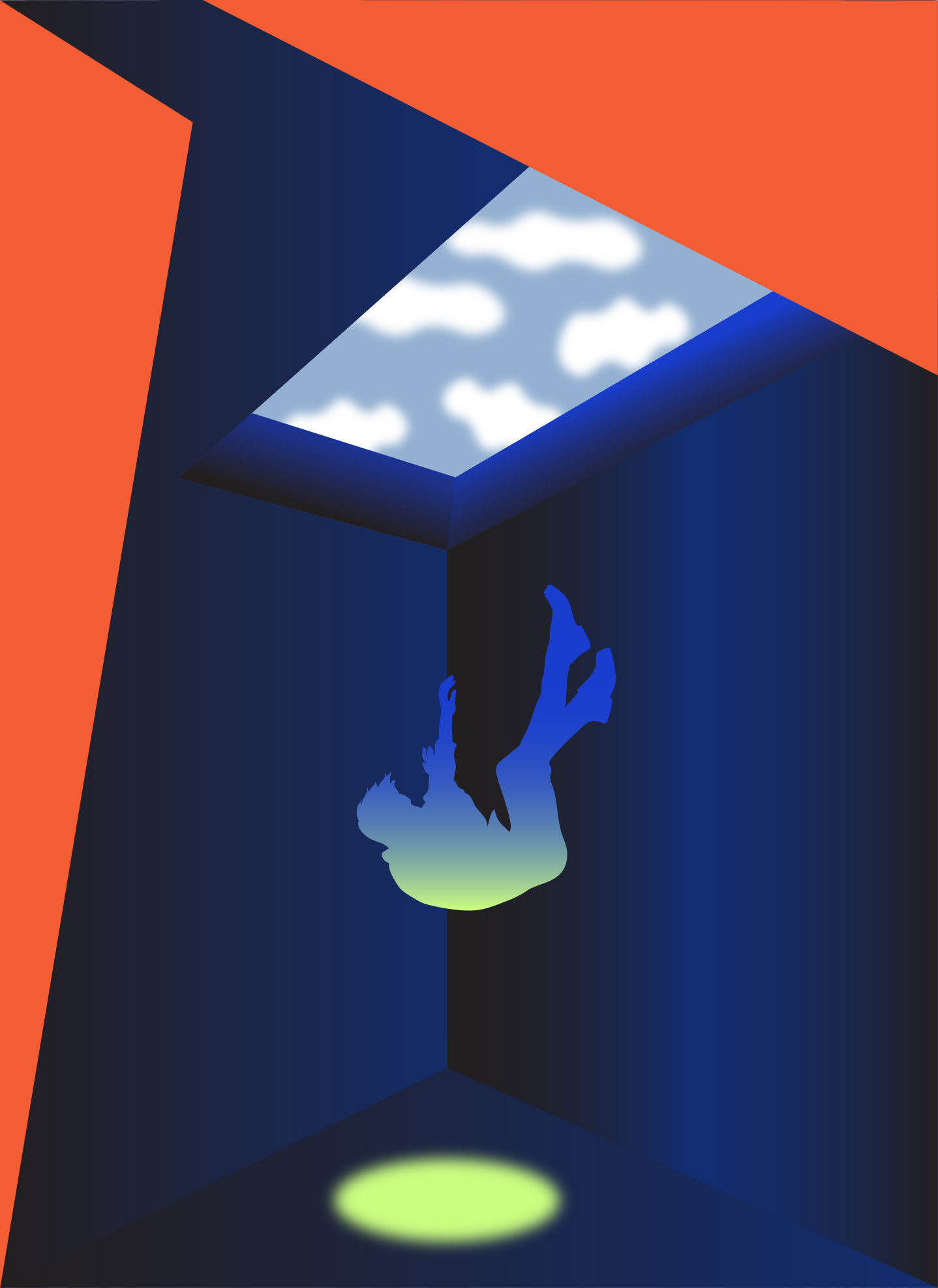

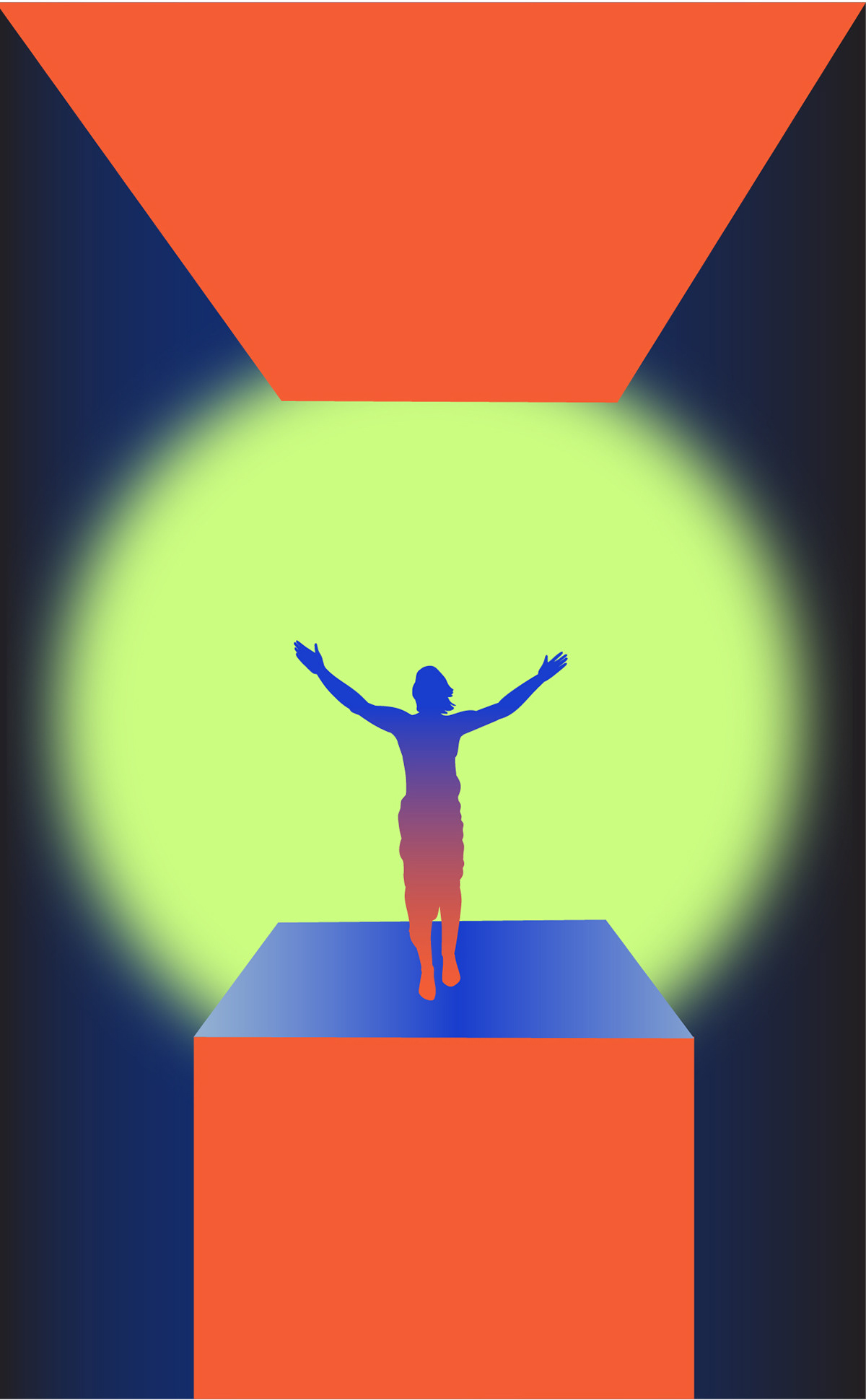
Problem
One significant issue in museums is their lack of accessibility. The Oteiza Museum in Navarra, (Spain) exemplifies this problem. Despite its mission to be a space for social inclusion, based on the artist's legacy, the artworks (mostly sculptures) cannot be touched, leaving visually impaired visitors, like Samuel, without a meaningful experience.
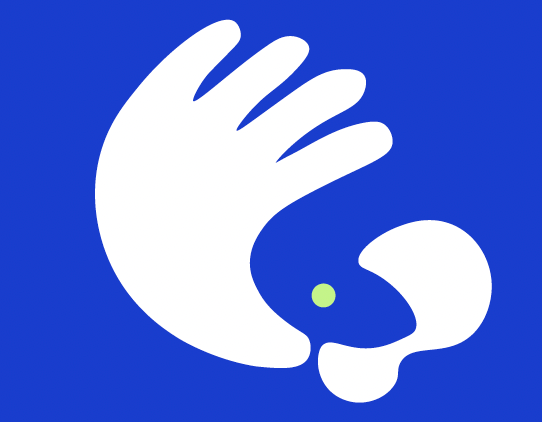
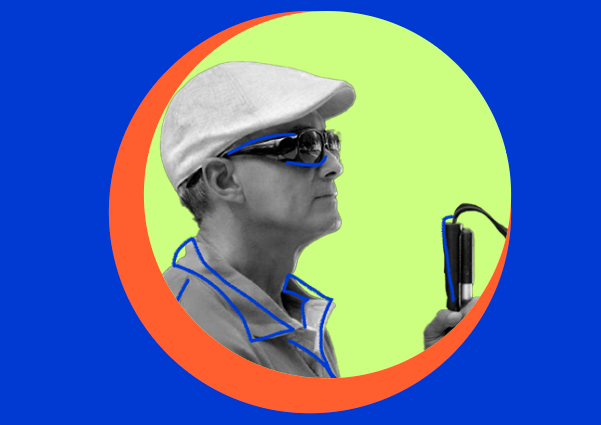

insight
Samuel visits the museum to escape his routine, but upon arrival, he discovers that everything is visual. The visit becomes entirely passive for him, preventing any form of engagement or interaction.
challenge
How might we help Samuel have a sensory, emotional, and versatile experience, considering the significance of the spirituality concept behind Oteiza's works?

Prototyping session with la ONCE (national spanish organization of blind people )
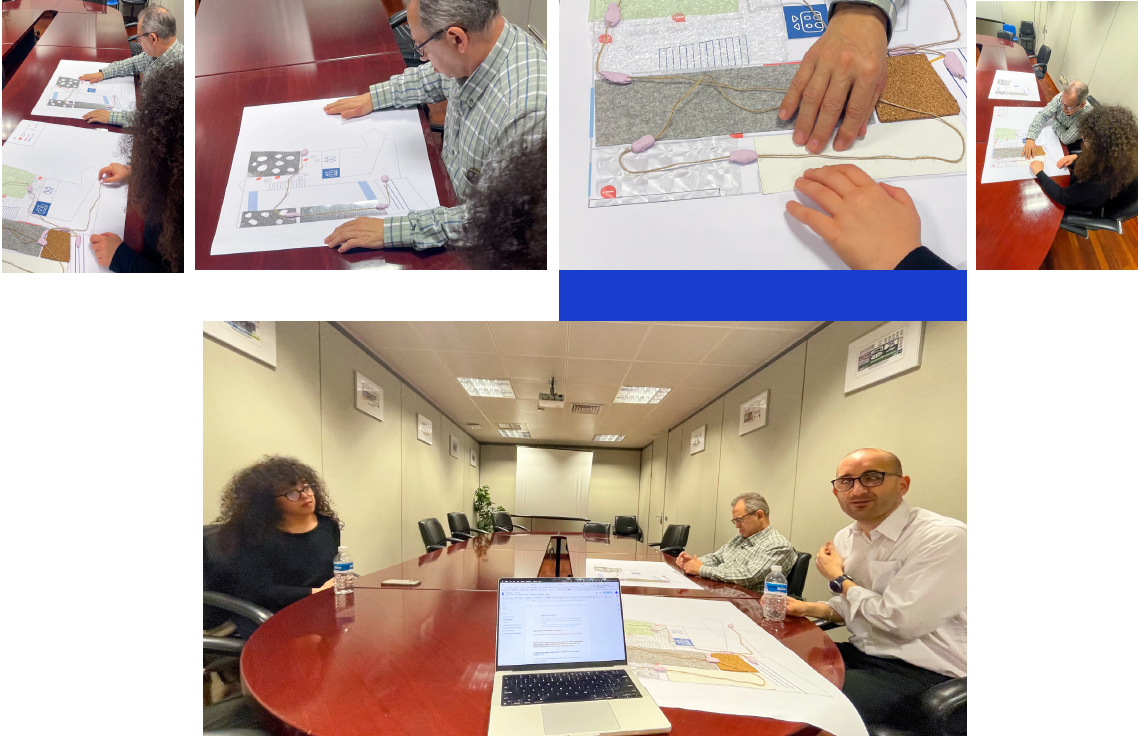
co-design session with la ONCE
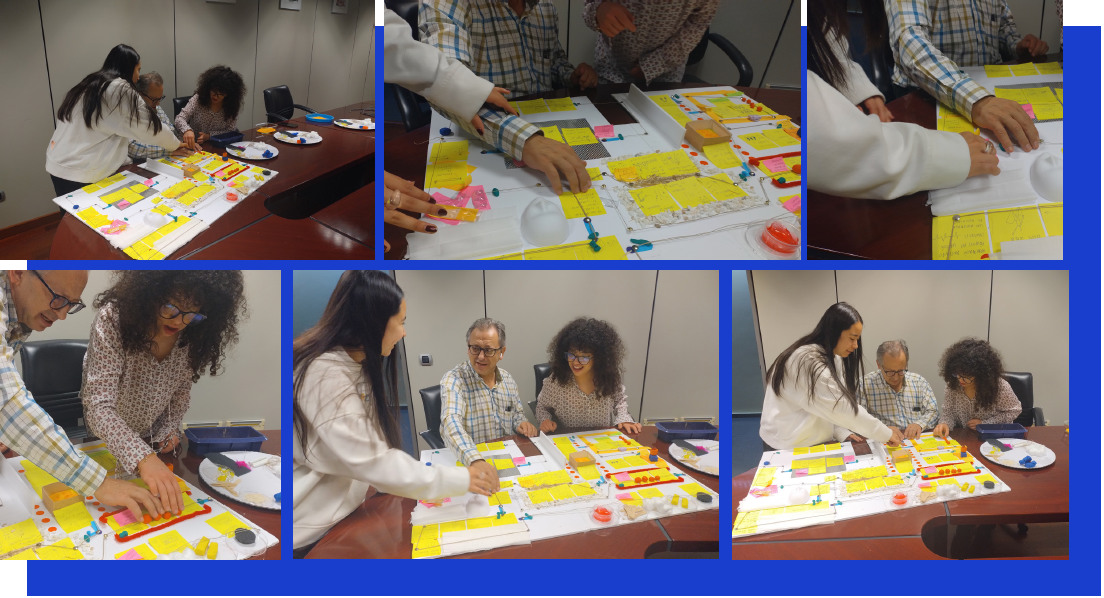
Prototyping session with la ONCE (national spanish organisation of blind people)
solution
An immersive guided tour lasting less than two hours, which combines seven activities designed to explore the spiritual significance of Oteiza's works through tactile and auditory experiences. All of this, in a completely dark space for all.

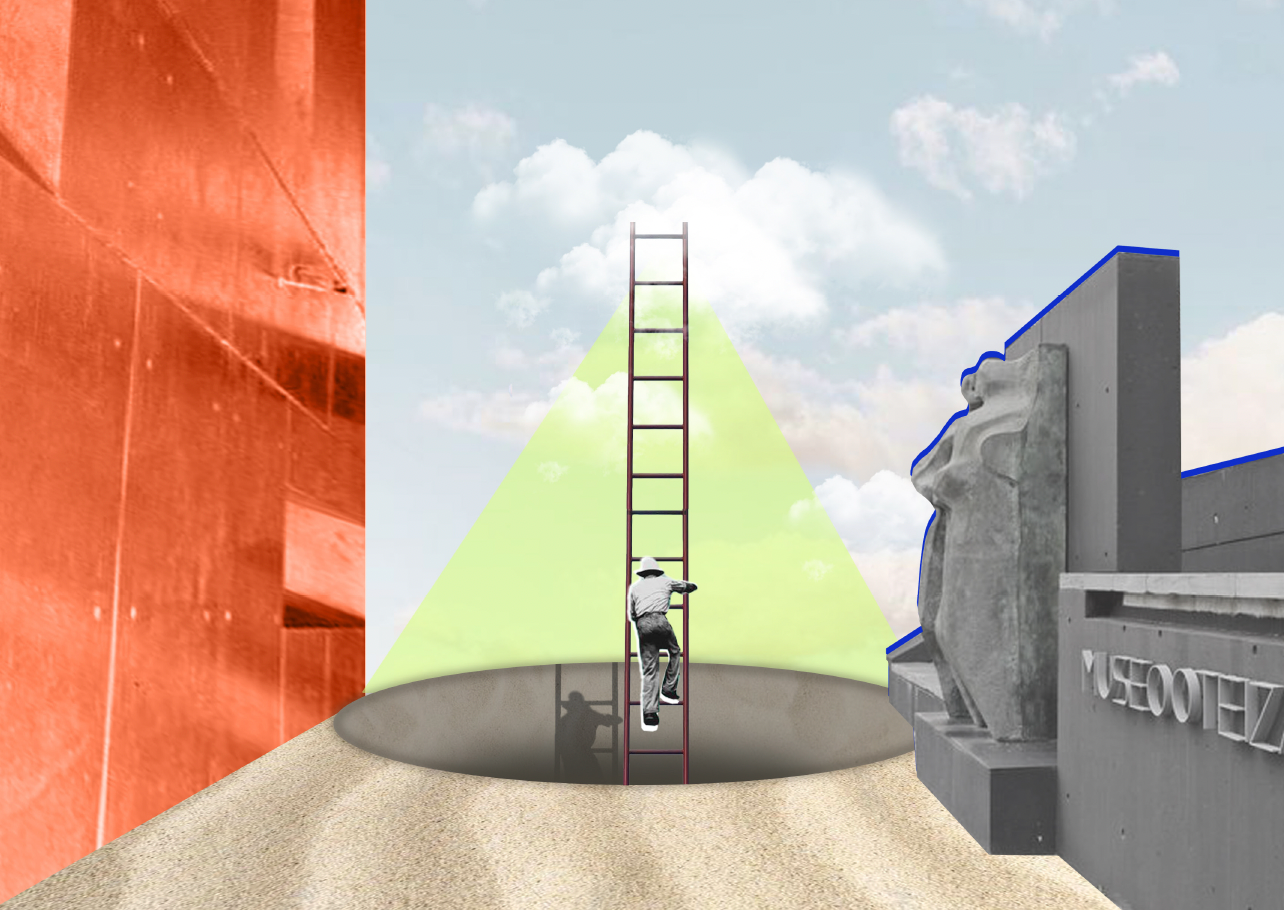
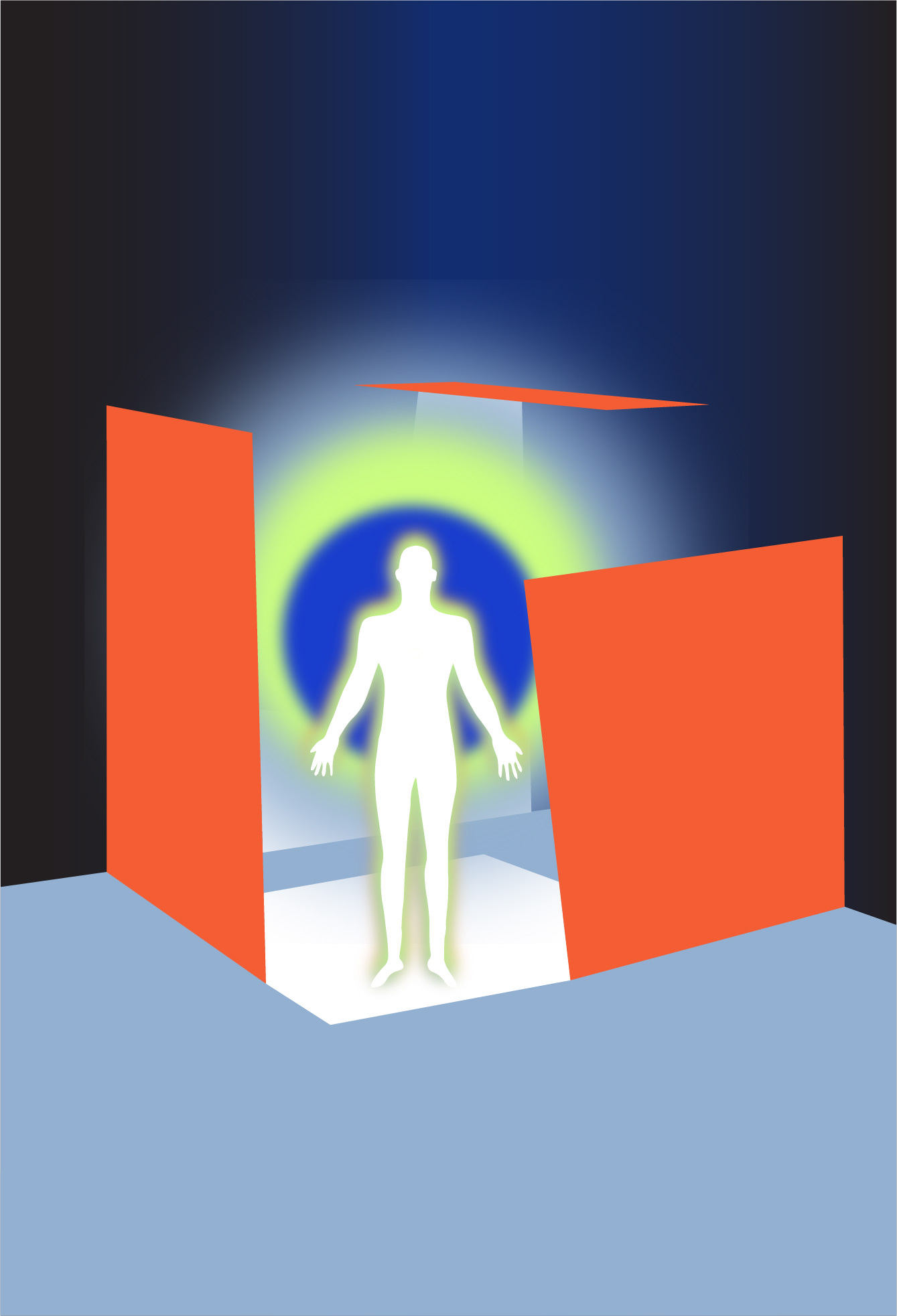
mission
At the Oteiza Museum, we provide an inclusive and sensory experience where everyone can immerse themselves in the works of Jorge Oteiza, exploring their own spirituality in relation to the concept of void. At "Travesía Izpiritua," we are dedicated to promoting equal access to art through an innovative experience that uses darkness as a medium to create a space where everyone can feel and understand art in its most genuine form, without limitations.
vision
Transform the Oteiza Museum into a space where darkness is not an obstacle but a portal to spirituality, offering an inclusive sensory experience that transcends physical barriers and promotes diversity in artistic appreciation. We aspire for it to be a journey of inner reflection for each individual, where Oteiza's legacy serves as a tool to understand that true art lies within the human being.
journey
The 7 activities are shown and described in the images bellow.

01. Entering the void: The experience begins by narrating the origin of Oteiza's concept of void (negative space), during his childhood on the beach. At this moment, each participant creates their own hole in the sand, and if they are curious and dig deep, they will find an aromatic keychain, which will be their souvenir of the experience.
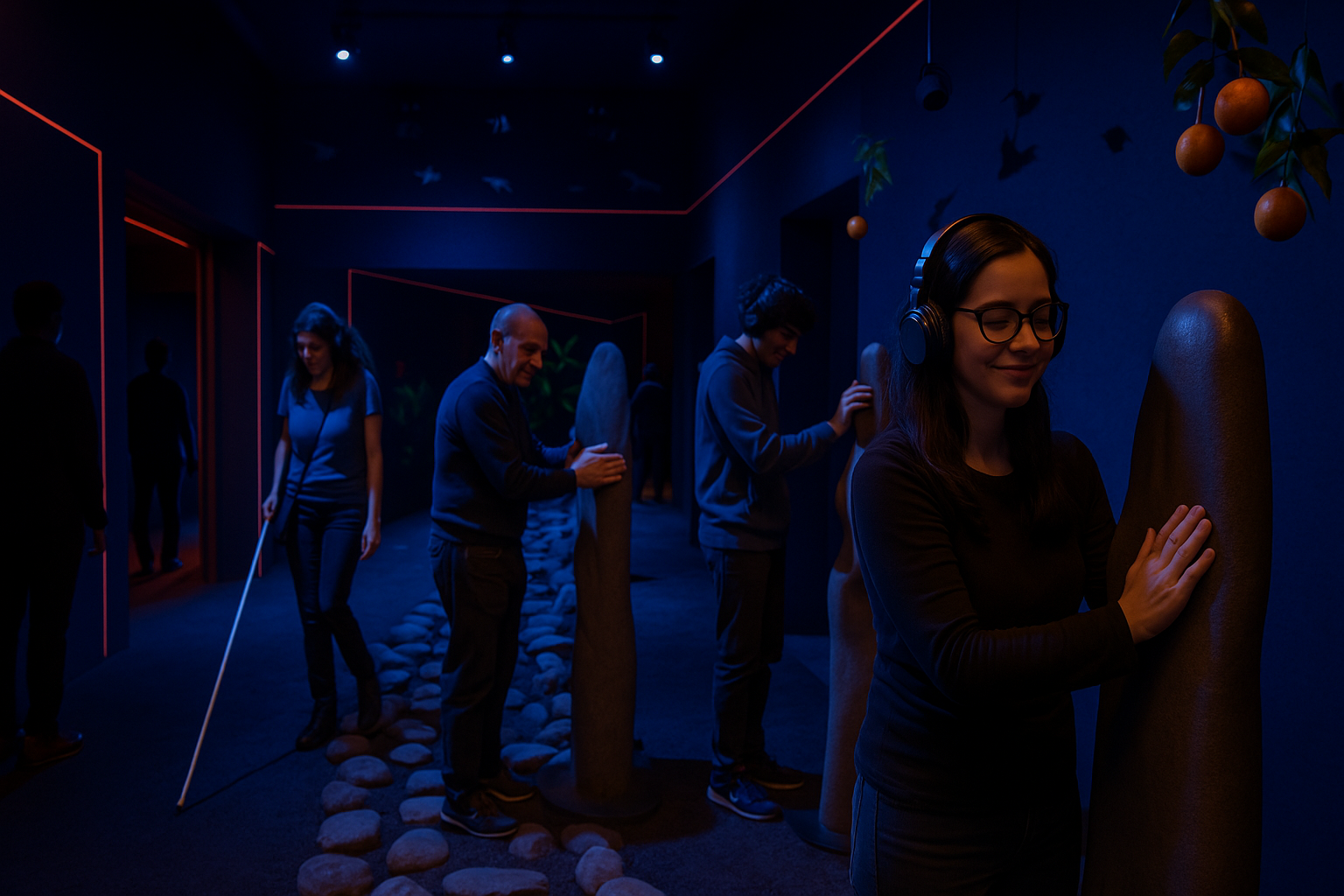
02. The voyage: Next, Oteiza's journey to South America begins, where through various sounds, we connect with the environment of San Agustín (Colombia), with nature and our roots. In this space, there is a fruity aroma, and people must walk along a path of stones. Additionally, at this point, they are asked to touch three different sculptures.
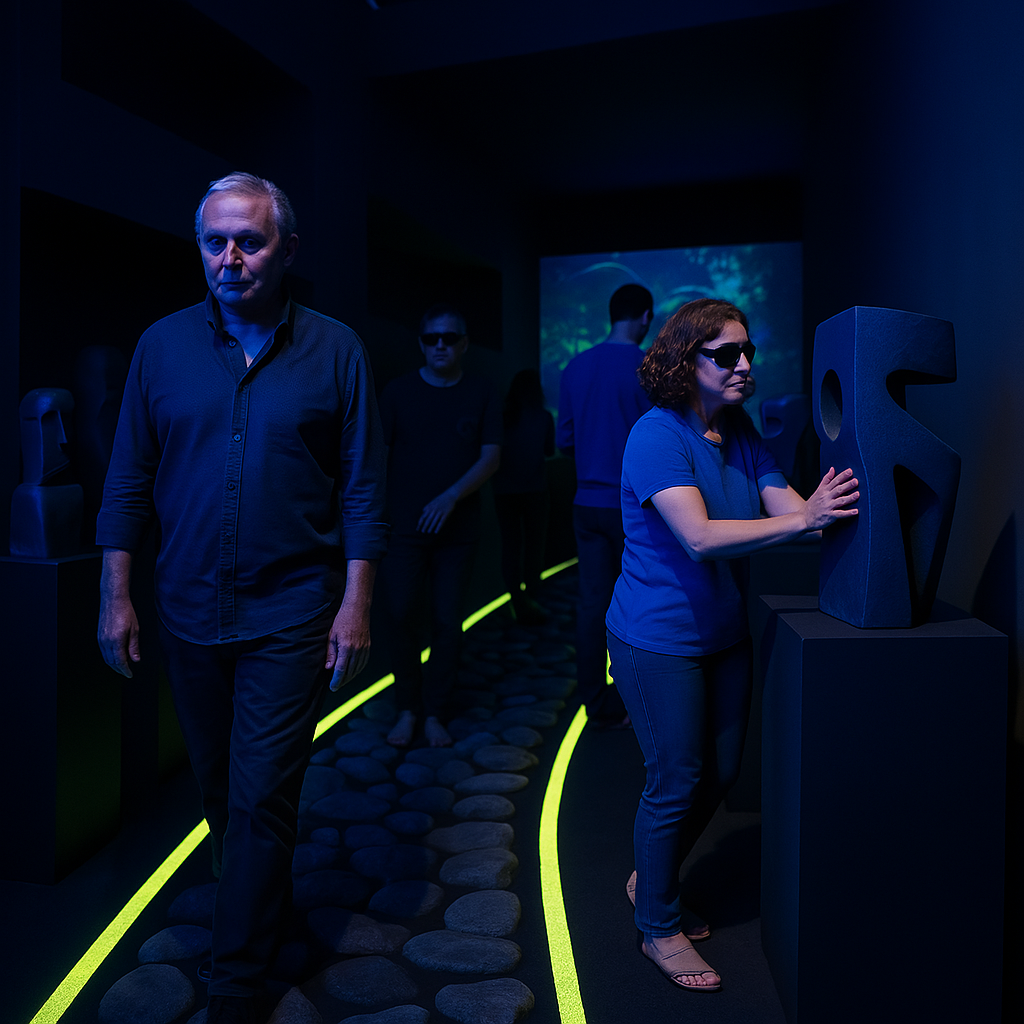
02. The voyage: Next, Oteiza's journey to South America begins, where through various sounds, we connect with the environment of San Agustín (Colombia), with nature and our roots. In this space, there is a fruity aroma, and people must walk along a path of stones. Additionally, at this point, they are asked to touch three different sculptures.
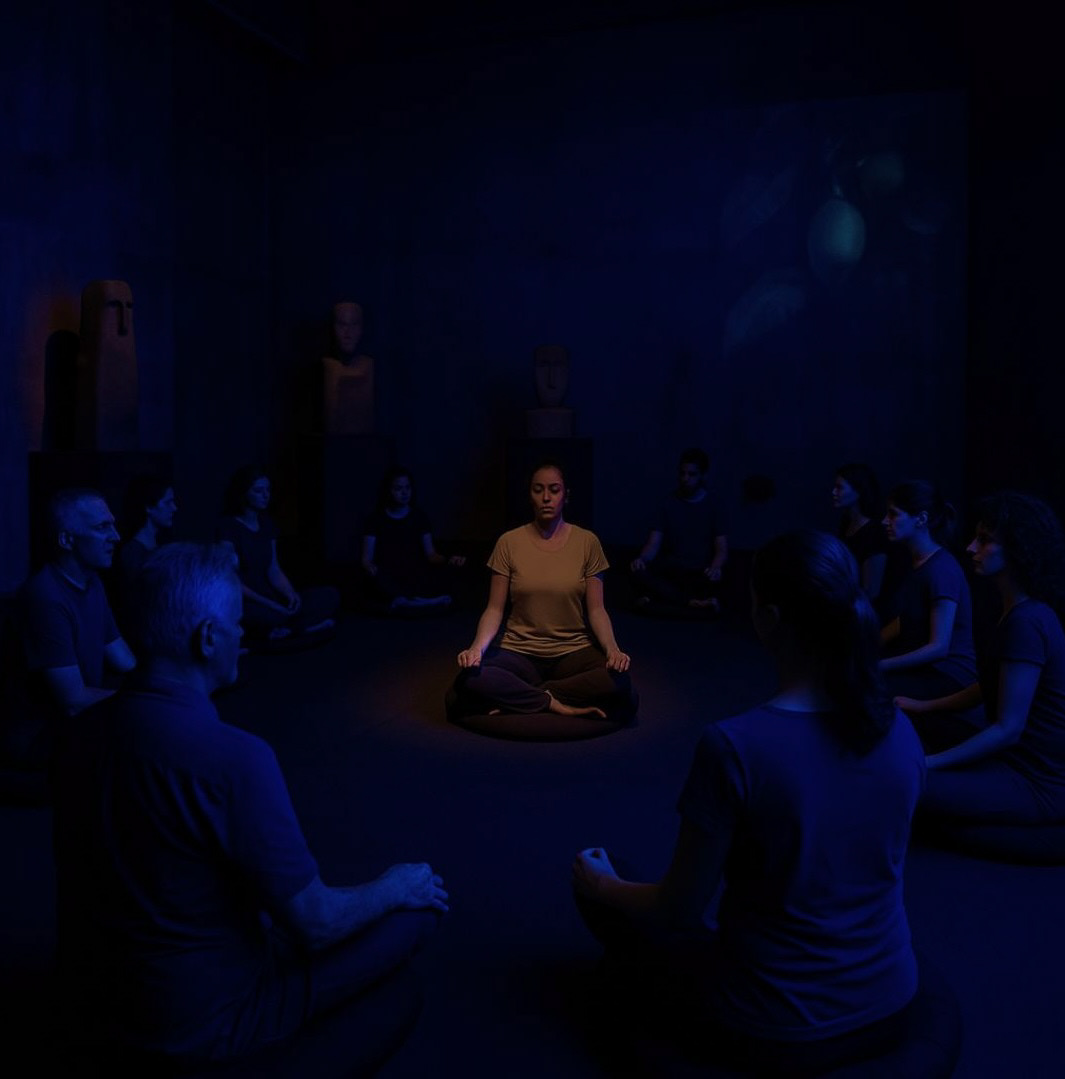
03. The body: After experiencing the works through touch, it is time to connect with one's own body. Participants remove their headphones to immerse themselves in a guided meditation led by a yoga professional. This activity relates to the previous experience, as Oteiza connects his stone sculptures with mortality. During the meditation, the concept of mortality is explored through breathing and feeling the heartbeat.

04. Experiments:Following this, we move to the material experimentation area, where participants engage with the textures on the table.
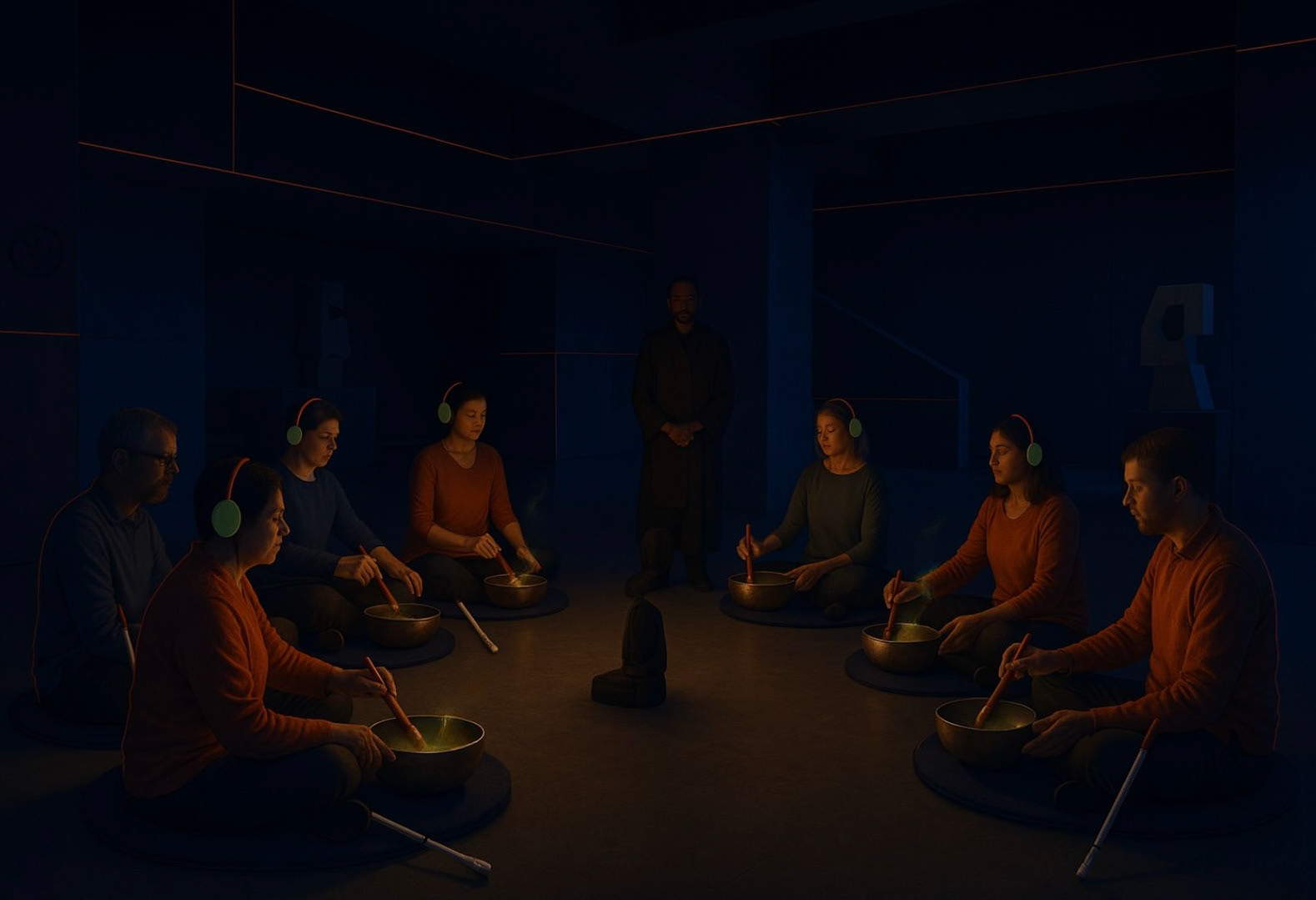
05. Connecting: At this point, the social concept present in Oteiza's works is explored, aiming to connect with other group members through sound. This involves a healing meditation using Tibetan bowls, where each participant plays a bowl, creating harmony together. Additionally, this space serves as a moment to remember and express gratitude for the people who are or have been a part of our lives.
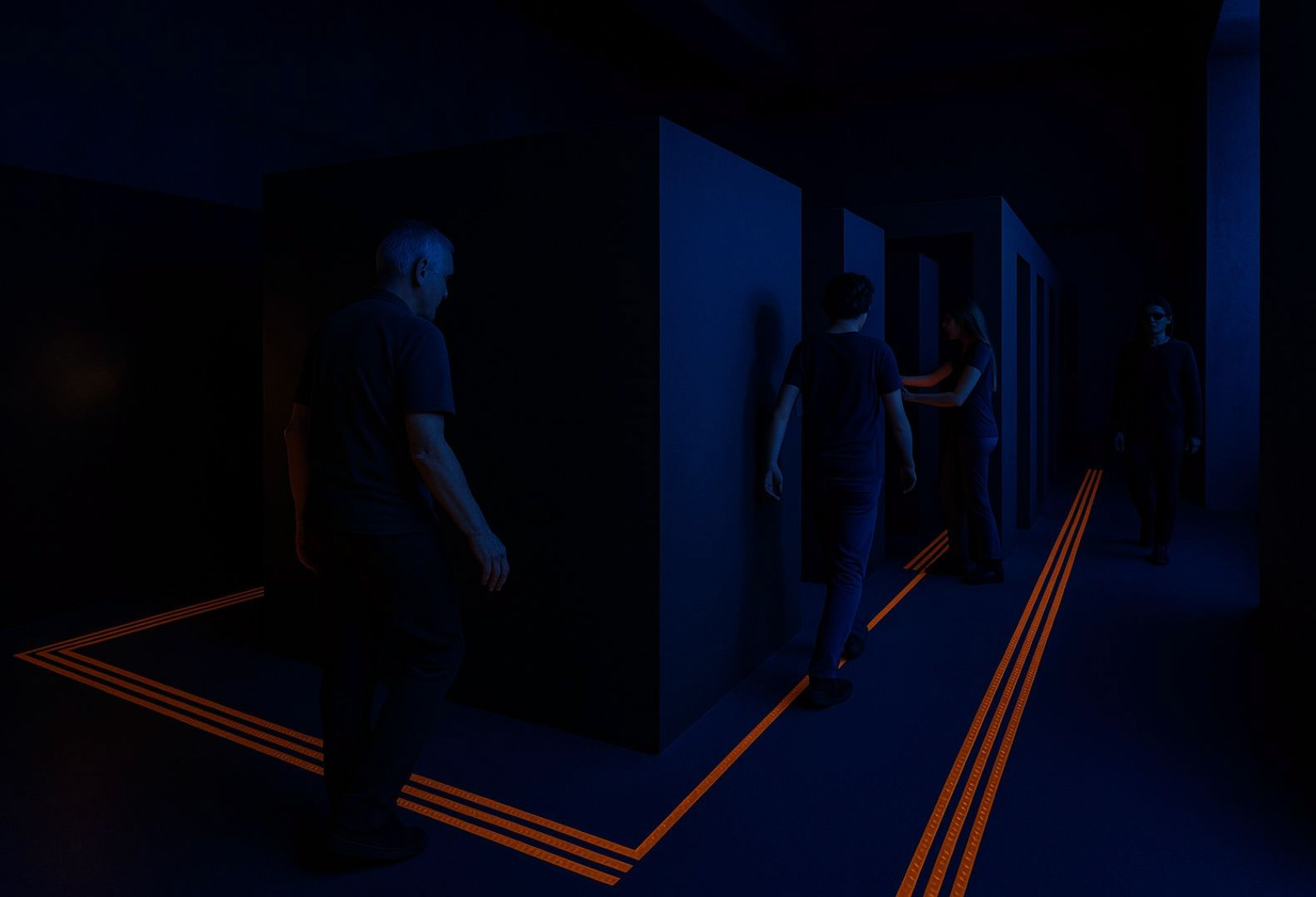
06. Movement: This area represents the negative space of the sphere, a space of instability, dynamism, and confusion. It is achieved through a simple maze where participants must find the exit as quickly as possible. It is important to note that if anyone is unsure of how to proceed, staff will be available to provide assistance and guide them to the exit. Next to it, the maze walls and tactile guides are displayed.
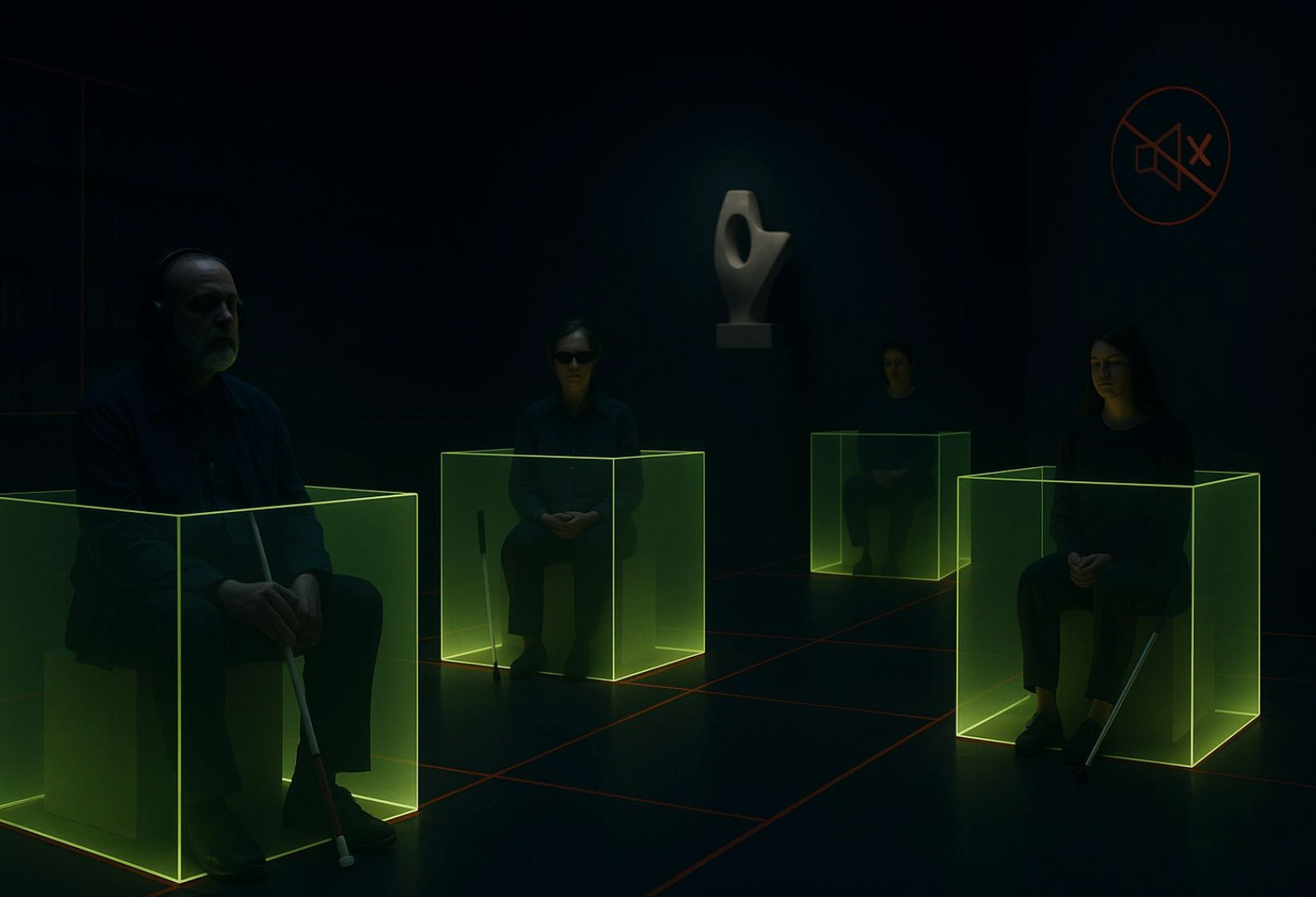
07. Total void:Finally, the experience culminates in silence; a private space for introspection and pure reflection. In this space, each person is placed in their individual cubicle. The journey ends in the void, where each individual's refuge and deepest spirituality reside.
storytelling
This are the audios that are going to be displayed in each activity.
Visual identity
The main concept behind the logo was to portray the three main senses that are used during the experience: touch (hand) and listening (ear) which when combined, create the vision (eye) in the negative space, representing how this two senses turn into the "eyes" of visually impaired people. Additionally it was all about the play of the shapes in order to relate the senses with the feeling of spirituality that is present in each human being. Moreover, there is a use of bright colors to attract people to this new experience, as well as accesible formats (navilense QR) and physical brochures that will be placed on the associations of blind people.
